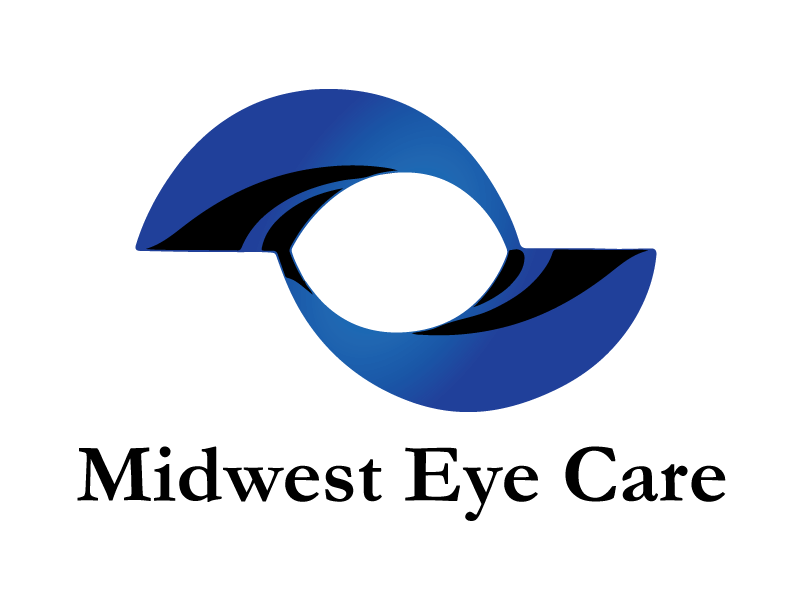 Keratoconus, affecting 1 in every 2,000 Americans, is a condition in which the natural shape of the cornea progressively changes from a dome shape to a cone shape. Keratoconus is characterized by a progressive thinning and steepening of the central cornea. Any changes in the natural shape of the cornea can result in visual distortions that can affect the ability to read, watch television or perform job-related tasks.
Keratoconus, affecting 1 in every 2,000 Americans, is a condition in which the natural shape of the cornea progressively changes from a dome shape to a cone shape. Keratoconus is characterized by a progressive thinning and steepening of the central cornea. Any changes in the natural shape of the cornea can result in visual distortions that can affect the ability to read, watch television or perform job-related tasks.
Keratoconus has been widely researched but no underlying cause is currently known. Research indicates that possible causes of keratoconus include heredity, eye injury, certain eye diseases or systemic medical conditions.
Keratoconus usually appears during the teenage years and rarely develops in someone over the age of 30. The disease normally progresses over a long period of time, usually somewhere between 10 to 20 years. Though keratoconus is usually a bilateral disease, each eye may be affected differently.
There are currently no medications to treat the symptoms of keratoconus, although the majority of keratoconus patients can enjoy good vision throughout their lives with the aid of glasses or specially fit contact lenses. Only in advanced keratoconus cases, especially for those patients who have become contact lens intolerant, would cornea transplants be advised to achieve optimum vision and comfort.
Early symptoms of keratoconus include frequent changes in glasses or contact lens prescriptions, blurred vision, distorted vision, glare, light sensitivity, eye irritation and/or scarring of the cornea. If you have any of the symptoms noted above, you should schedule an exam with your eye doctor.

